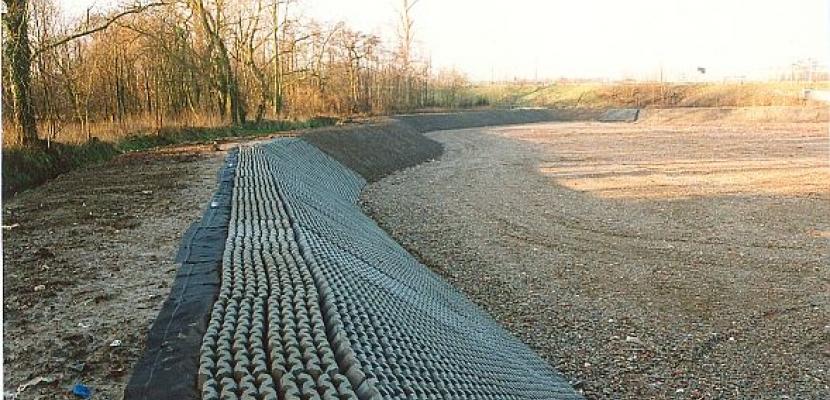Image

Zaventem: turning an old landfill into a buffer basin to prevent flooding
Published on 26 September 2019

Belgium
This is the good practice's implementation level. It can be national, regional or local.
About this good practice
Out of a historical point of view, many landfills in Flanders are in fact local depressions of rivers and streams that were levelled to make them suitable for agricultural or domestic purposes. This was okay, since surface waters had enough alternatives and land to infiltrate to not become a problem.
However, since the urban sprawl started after the last World War, the amount of open land that got sealed by concrete and buildings has gone through the roof. This causes floodings, since water can’t infiltrate anymore, runs off and collects at the local lowest point.
One of these local low points was a residential area in the municipality of Zaventem, close to the Hector Henneaulaan. Several houses were damaged multiple times due to floodings after intense rains.
It was decided to create a buffer basin to store the excess water when flooding risk was high. As earlier mentioned, the historical context of landfills in Flanders proved to be the key of this case. A landfill of about one hectare, which levelled one part of the Woluwebeek valley, proved to be perfect for the buffer basin: close by, good topographical properties and free of buildings. One metre of mixed waste was partially recycled: the waste was sieved and the soil was redeposited on site and used to mold the edge of the basin. A HPDE layer was added and on top of this concrete porous blocks to create a semi-natural dike.
However, since the urban sprawl started after the last World War, the amount of open land that got sealed by concrete and buildings has gone through the roof. This causes floodings, since water can’t infiltrate anymore, runs off and collects at the local lowest point.
One of these local low points was a residential area in the municipality of Zaventem, close to the Hector Henneaulaan. Several houses were damaged multiple times due to floodings after intense rains.
It was decided to create a buffer basin to store the excess water when flooding risk was high. As earlier mentioned, the historical context of landfills in Flanders proved to be the key of this case. A landfill of about one hectare, which levelled one part of the Woluwebeek valley, proved to be perfect for the buffer basin: close by, good topographical properties and free of buildings. One metre of mixed waste was partially recycled: the waste was sieved and the soil was redeposited on site and used to mold the edge of the basin. A HPDE layer was added and on top of this concrete porous blocks to create a semi-natural dike.
Resources needed
This redevelopment was done by the municipality of Zaventem. We don't have any figures on the total redevelopment cost.
Evidence of success
Since the buffer basin is finished, not a single flooding was registered in the affected neighbourhood.
Potential for learning or transfer
The case of Zaventem shows that a quickly changing context may overrule the content of the landfill as a decisive factor. Although the value of the content nor the price of the land changed significantly, the insurance value of the affected houses did. Subsequently this was the last piece of the puzzle to initiate the whole process of dynamic landfill management. Managers of landfills should be aware that these type of cases will be much more common than landfills that are interesting solely for their content.
Good practice owner
You can contact the good practice owner below for more detailed information.
Organisation
Gemeentebestuur Zaventem

Belgium
Prov. Vlaams-Brabant
Contact
Project coordinator
